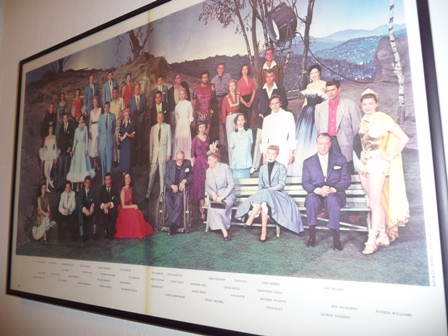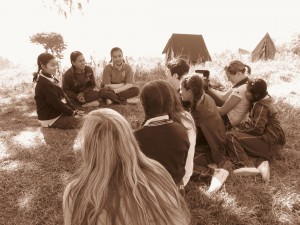Suvi Tiihonen & Linda Lumikero
Mikki Nylund always believed he would end up in New York City. Although he was born and raised in a small village near Pietarsaari, Mikki has lived in many countries, including Finland, Sweden and Denmark. A rebel at heart, Mikki got fired while working on a mink farm after releasing the minks out of their cages and into the wild. His fondness of animals also reflects in his art work. He has spent a lot of time exploring the United States, including living with Native Indians in North Carolina, slumbering in a barn deep in the woods outside of San Francisco, jazzing around New Orleans and hanging out with hippies in Las Vegas.
What made you come to New York?
I decided to move to New York City after years in the advertising and digital media business, with the aim of trying to fully focus on my art. One day at the office where I worked, I decided that would be the last day. I told my boss “I am quitting,” then went home, packed my bags and arrived in New York later that night. I moved into a building located in Bushwick, Brooklyn, filled with other artist in huge loft apartments. That was on Hart Street off the L-Train, and soon we had started the infamous gallery—950 Hart Gallery.
What do you think is the best part about living in New York?
The people. I love watching people and communicating with them—there’s plenty of them— of all shapes and forms, ages, colors, religions and sexual preferences—New York truly is a melting pot representing the whole world. The subway is a good place to draw or write because there’s a lot to get inspired by. Old faces with history in the lines of their skin. All the situations that pop up. The “weirdoes”—the group I probably belong to myself. The old man covered up in tattoos. The old lady dressed up on her way to a cabaret. There are other places where you can find some of this, but New York has the smorgasbord.
What do you think are some of the biggest differences between living in New York versus living in Finland?
The largest differences are, of course, the amount of people, the amount of restaurants, concerts, museums, et cetera—the multitude of things to do. The weather is also different, as well as the language and culture. It’s also different being able to go to a restaurant at 4 o’clock in the morning. Many things are different because they are manufactured that way, but all together, I know the world is getting smaller, and having moved around a lot, I also know that we’re all pretty much the same all over the world.
What are some of your best New York tips?
Don’t get stuck in Manhattan, and especially not around Times Square. Of course, we’re all different, and what appeals to one, may not be of interest to another. I’d say, look around a bit. Visit Brooklyn, and take one of the ferries instead of the subway if you can—that’s how you’ll get the best views of Manhattan. Visit Harlem and the Bronx, Queens, Hoboken and Jersey City. Central Park is great both in the summer and in the winter but Coney Island, Prospect Park and Rockaway Beach are also great for an outdoors experience. Bushwick is a must for art and second hand shopping, not to mention for food and drink. Find out about shows, festivals and other events—try to find the unique plethora of things New York and its boroughs have to offer.

































